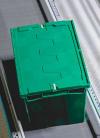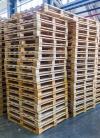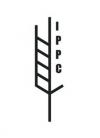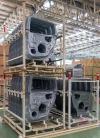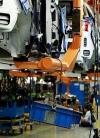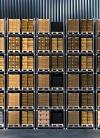According to the latest Eurostat survey, inflation in May 2022 in the euro area rose to 8.1%, while in the UK it was estimated at 13.9%, the highest in 25 years. Although inflation in May did not accelerate in Europe as in previous months, and the rate of its growth varies from country to country, it still climbed to its highest level ever. Inflation - which remains high not only in the Union but also in the United Kingdom, the United States, and beyond - is giving central banks a headache.
Record-high inflation in the Eurozone results from many factors, including pandemics, rising energy and fuel prices, the war in Ukraine, and other disruptions. Therefore, if companies want to remain competitive and resilient to shocks in today's turbulent economy, they must look for ways to lower their total cost of operations and mitigate the effects of inflation.
A good start is to take a close look at your logistics expenses and practices. The constant purchase of new packaging, transportation, or disposal and recycling carries a high cost. How do you reconcile the ever-increasing demands during times of disruption and unforeseen situations? Logistics services may be the answer, allowing you to manage those resources that are already in circulation wisely. This article will focus on the savings from innovative logistic carrier management.
High transport costs - switch to the packaging cycle
Ocean freight costs, and high fuel prices, are just some reasons for increasingly high transportation prices. It is estimated that moving a product from one point to another is the most significant factor in the total cost of a supply chain, typically 50% of the real commodity. It includes but is not limited to fuel or shipping charges, insurance, etc. For example, when a carrier delivers pallets, the return trip is often made with empty trucks. Given the continued increases in fuel prices, all companies should look to remove this cost.
Choosing a pooling solution means eliminating "empty" transportation costs and unnecessary miles. It involves pooling deliveries and reusing the same carriers multiple times. The pooling service also includes other options such as storage of these carriers in various locations (more than ten countries in Europe), repair and maintenance, and managing the entire circulation process. It reduces unit and kilometre costs in transportation, which is environmentally friendly and provides a more transparent supply chain. What's more, you gain free warehouse space and save on the cost of purchasing new packaging. You can read about the role of savings in transportation costs in the article: Rising transportation costs: Learn ways to optimise logistics packaging
Reduce costs caused by damage to goods - design carriers for your logistics needs
If the packaging you use is of poor quality, it can increase overall costs due to damage to goods during transportation. On the other hand, packaging that provides more protection than necessary will cause an unnecessary increase in logistics costs. Therefore, it is better to design the packaging to minimize the packing time of the goods. Employees can then pack the goods faster and more efficiently, which means less money spent on product handling and packaging.
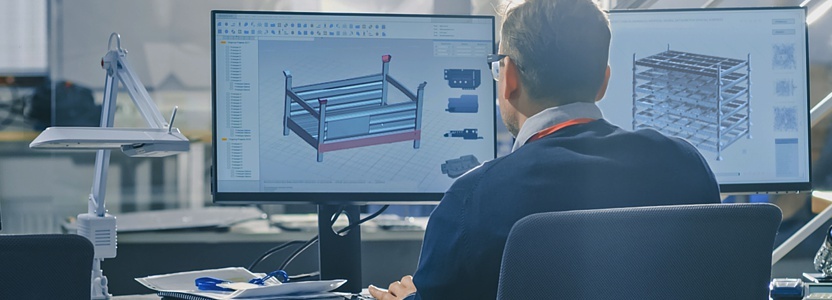
An adequately designed pallet, crate, or other carrier reduces transportation costs eventually. Packaging designed specifically for your goods provides an exact fit and the best protection, reducing transportation costs. You'll also save money on additional materials like cardboard and plastic wrap since you no longer have to use them to protect your goods during transit.
In Rotom, when specialists design carriers, they also adapt it to the method of carrier's transportation. For example, packing goods for shipment by rail or truck will differ from packing goods for shipment by air. Adjusting these factors saves shipping space and increases transportation efficiency. Learn more about the role of packaging design and how we do it for our customers in our article: Adapt packaging to your production and supply chain.
Expensive packaging purchases - reuse packaging
No one needs convincing that the costs of steel and wood are constantly rising. In our articles: Renting metal packaging as a remedy for the rising steel prices or Packaging prices keep going up? We have practical solutions for you! We highlighted the reasons for the current situation in the raw materials market. An essential factor in shipping a product is the price of the materials used to send the product. When the end-user throws away the packaging, the transport company must purchase the logistics media again for the next shipment.
Therefore, when feasible, we encourage companies to move away from using disposable carriers and returnable packaging that can reuse. It reduces the amount of packaging a company has to purchase. What's more, it will reduce your environmental costs because you are operating sustainably and reducing the unit amount of waste generated. What other long-term benefits will you gain by using packaging repeatedly? Read the article: Make a financial profit with returnable packaging.
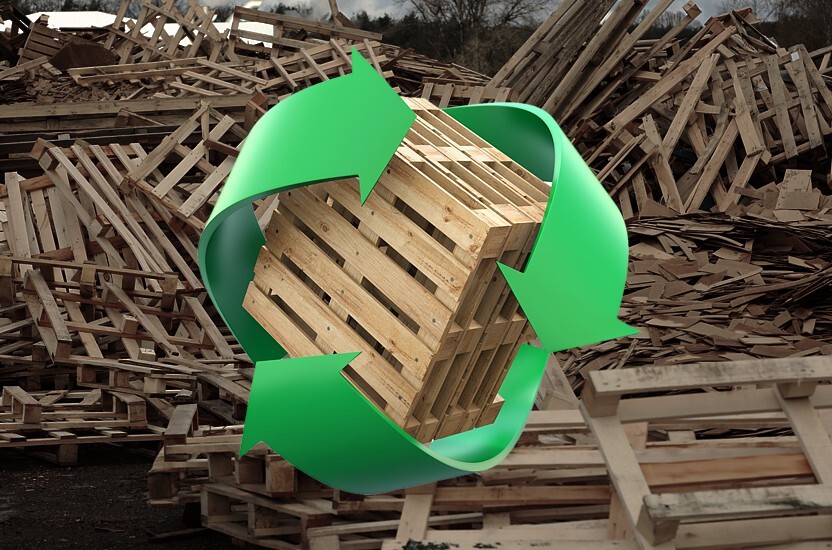
What if most of the packaging you use to ship your products to customers doesn't come back to you, but could be reused? Now is the perfect time to recycle your packaging. Thanks to this service, you will reduce expenses on new packaging and its impact on the environment.
Recovery of already produced packaging - your profit
Now for the specifics. We will show you why it makes sense to focus on recovering already existing carriers using this example. The simulation shows the costs with the current situation (no recovery) and with the recovery of pallets with practically identical parameters.
Assumptions (current situation)
- The current pallet type is a beam pallet (plank deck, with vertocal beams at he bottom) size 1040x840mm; weghs 10kg and contains 0.022 m3 wood.
- Pallets are currently not reused. 70% the pallets are transported directly by the contractor or subcontractor from the construction site for recycling. The remaining 30% are returned to the supplier, who then transports the pallets to the recycling company.
- No deposit is charged.
- Purchase price: 7,50 €
- Pallets delivered: 100 000

Assumptions (new situation)
- Same pallet type with weighted planks; 0.025 m3 of wood ang weights 11kg.
- Purchase price: € 8,50
- Similar to the current situation, 70% of the pallets are collected at the construction site. And 30% at the dealer's.
- To secure the return, a deposit of €10.00 per pallet is charged. Upon return, €9.00 is credited for an intact pallet and €7.00 for a broken one.
- Collection takes place once a month, with a minimum of 1 loading metre and a defined profile of goods deliveries divided between trade and construction site.
What is the cost of pallets when they are returned?
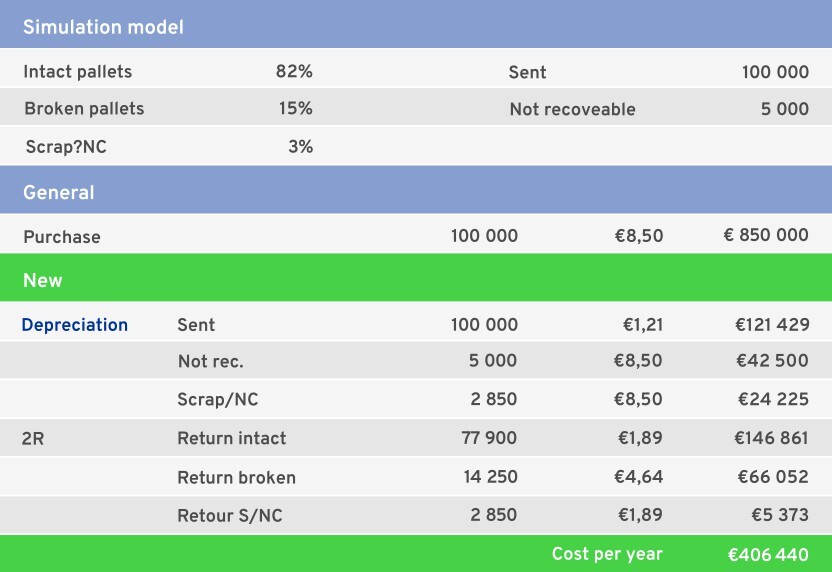
For more on the role of packaging recovery and figures that will convince you of sustainable logistics solutions, see the 1st edition of the white paper: Reusage of bespoke load carriers is the sustainable solution.
High storage costs - bet on a packaging buyout
Time is money - and so is storage space. Managing a pool of pallets or other packages well contributes to lower storage costs. If you are short of valuable space in your warehouse and a lot of space is taken up by unused packaging, use the possibility of the buyout of the carriers. What does a buyout of packaging look like in practice? More details can be found in the article: Little space in the warehouse? We will buy unnecessary packaging from you.
Sustainable logistics services mean lower environmental costs
Environmental factors can affect a company's overall logistics costs. It can take the form of tax costs, warehouse utilization issues, fuel costs, etc. These costs can be tangible - quantifiable - or they can be more subtle, relating to the total environmental cost of a logistics operation, for example. It's worth looking at these costs in detail and how "green logistics" can make a difference. And it can change a lot.
Rotom can improve your bottom line
Logistics operations are multi-layered and complex, so it's not always immediately apparent at a glance which factors are contributing most to unnecessary costs. Of course, we understand that each supply chain has individual needs and requires a specific approach.
But if you're ready to increase your profitability, contact us, and our experts will be happy to take the time to assess your logistics chain and identify key cost drivers, those that are excessive or even completely unnecessary. Once that's done, we can develop an action plan to help your business achieve maximum shipping efficiency, saving you money and increasing your bottom line.



